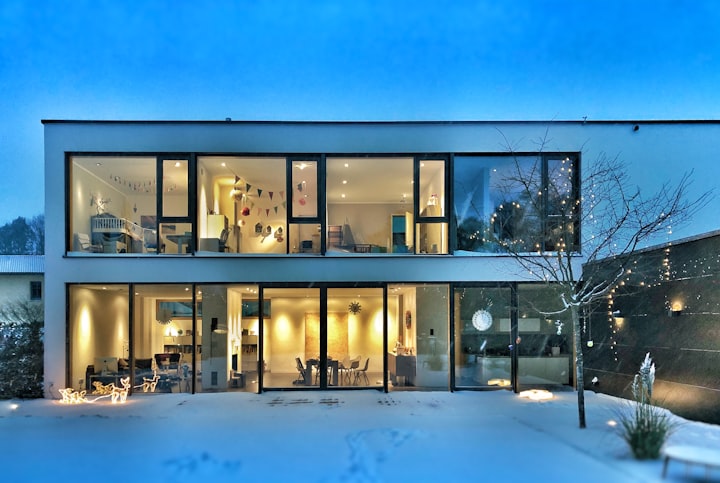New Technological Advancements in House Building
The construction industry is rapidly advancing with every year.

It is one of the most valuable industries on the market, which is what makes it so interesting for developers and investors of all sorts. In other words, whenever new technology or trend emerges, people start considering its possible implications in the construction industry. Also, numerous trends are developed by manufacturers of construction equipment or those who are under their patronage. With that in mind and without further ado, here are several new technological advancements in house buildings that you need to consider.
- Construction drones
Drone technology is getting more and more popular by the hour. In the past several years, more drones were manufactured and sold than throughout the entirety of human history. As far as the construction drones go, there’s a long list of potential applications. The oversight is much better, which results in more accurate mapping measurements. Safety risks are significantly lower, seeing as how you don’t have to send a person up there every single time. Additionally, a supervisor has a simpler way of inspecting the site, instead of having to physically move from one place to another.
- Big data
The key thing with big data is that it keeps track of everything. First of all, big data increases safety by providing all interested parties with some pivotal pieces of info. First, there’s the matter of increased safety. Second, you get the privilege of studying all sorts of patterns like material consumption, downtime prediction and more. Then, there’s the overall issue of efficiency improvement. You see, by analyzing the relationship between your workload and weather changes, you can semi-accurately predict the potential downtime during each season.
- Greater reliance on the electrical grid
One of the biggest differences between homes built several decades ago and those constructed just a couple of years back is in the strength of the overall power grid. In the past, every room could get by with one or two power outlets. As more and more household appliances became standard, people turned to splitters and adapters. According to veteran electricians, this is neither safe, smart nor practical. With more and more people heating their homes with potent electrical heaters and some even mining cryptocurrencies from home, there’s now, more than ever, a need for a strong power grid. This is something that should be resolved during construction.
- Wearable tech
Wearable technology increases safety, analytics and the oversight that you have over the construction site. For instance, smart glasses can help increase the efficiency of your crew by giving construction workers a chance to benefit from the real-time data. In the nearest future, many AR applications may also be introduced to change the efficiency. On-spot sensors can be used to detect potentially hazardous situations that may evade human perception. Add to this helmets, jackets and harnesses and what you get will be truly impressive.
- 3D printers
The concept of 3D printing can completely revolutionize the construction industry. First of all, some of the biggest 3D printers can make an entire house (micro-home) in less than 24 hours. Still, this is just the tip of the iceberg. Namely, a smaller 3D printer (well, smaller than the one that prints entire homes) can be installed at the location of the construction site and print some materials and construction elements. This on-spot printing can streamline the construction process and even increase the accuracy and effect of the result.
- BIM software
Having BIM software is the simplest way to produce the team behind the construction with all the information they need to run the project from its first until its last moment. First of all, the information that the BIM software provides is so comprehensive and (often) accurate that it can easily make an estimate of work hours and materials needed for the completion of the project. Even if not 100% accurate, this gives you a much better insight while budgeting.
Also, from the standpoint of safety and stability of the structure, an advanced BIM can calculate how a building would act under certain conditions (wind, burden, etc.). In other words, it provides you with all the information about the way building will act in practice long before it is finished. This alone can save a fortune, potentially even saving lives and assets in the process.
In conclusion
At the end of the day, advancements in house building may seem like something great but there’s no telling how this will further progress. It’s not just about sheer effectiveness, sometimes, cost-effectiveness tends to be far more important. Also, while on paper some of these ideas may seem great, it will take some time and a lot of testing to see the exact returns that this brings. Overall, each of the above-listed items is worth keeping an eye out for.





Comments
There are no comments for this story
Be the first to respond and start the conversation.